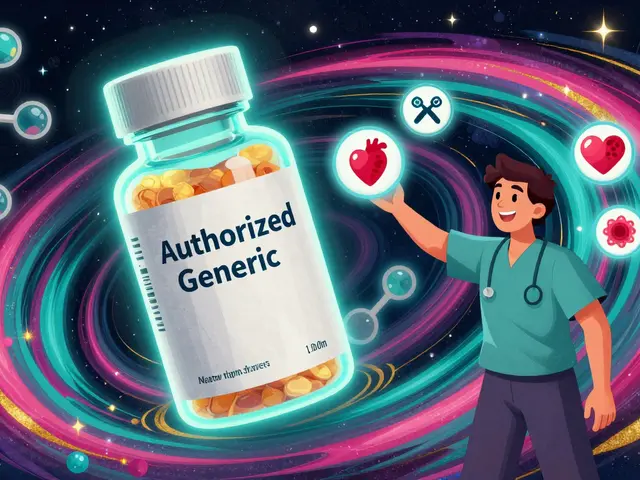Biktarvy effectiveness: what you need to know
Biktarvy is a one‑pill HIV treatment that combines three drugs: bictegravir, emtricitabine, and tenofovir alafenamide (TAF). Clinical trials showed viral suppression to undetectable levels in about 92–95% of treatment‑naive adults at 48 weeks. That kind of consistency is why many clinicians use it as a first‑line option.
How does it work? Bictegravir blocks the HIV integrase enzyme so the virus can’t insert its genetic material into cells. Emtricitabine and TAF stop viral replication by targeting reverse transcriptase and supplying a faulty building block. Together they hit HIV at two key points, which helps prevent resistance when doses are taken every day.
Real benefits and who it suits
Biktarvy is popular because it’s a single‑tablet, once‑daily regimen with a high barrier to resistance and generally mild side effects. It works well for many people, including those starting therapy for the first time. Compared with older tenofovir (TDF) options, TAF usually has less impact on kidneys and bone density, so it’s preferred if you have kidney issues or osteoporosis risks.
Before starting, your provider will check viral load, CD4 count, kidney function, and hepatitis B status. Resistance testing matters if you’ve taken HIV drugs before. If tests show certain resistance mutations, your doctor may choose a different regimen.
Side effects, monitoring, and interactions
Most people tolerate Biktarvy. Common side effects include mild nausea, headache, diarrhea, and occasional insomnia. Some patients on integrase inhibitors notice weight gain; mention this to your clinician if it’s a concern. Serious reactions are uncommon but report rash, severe stomach pain, or signs of liver trouble right away.
Watch for drug interactions. Strong enzyme inducers like rifampin can lower bictegravir levels and make the drug less effective. Antacids or supplements with magnesium, aluminum, or calcium can interfere with absorption unless spaced apart. Also tell your clinician about metformin — bictegravir may raise metformin levels and your dose might need adjustment.
Follow simple lab schedules: baseline tests, then a check at 4 weeks, and every 3 months until stable. Viral load should drop quickly; if it doesn’t, your provider will investigate adherence, interactions, or resistance.
Missed doses matter. If you miss one pill, take it as soon as you remember unless the next dose is near; don’t double up. Missing multiple doses risks viral rebound and resistance.
If you’re pregnant or planning pregnancy, discuss options with your doctor. Treatment choices can change based on pregnancy status and safety data.
Bottom line: Biktarvy is effective for most people, easy to take, and generally well tolerated. Talk openly with your provider about tests, other meds you take, side effects, and any life changes that could affect treatment. That keeps the drug working as intended.
Practical tips: store Biktarvy at room temperature, use a pillbox or phone alarm to prevent missed doses, and carry a clinic letter when traveling. Don’t share pills. Get recommended vaccines like flu and COVID. If side effects last more than two weeks, call your clinic to discuss management or switching.
Biktarvy: Everything You Need to Know About the Leading HIV Treatment
Discover how Biktarvy works, its benefits, real side effects, and practical tips for users. Learn about the science and stories behind this top HIV treatment.





